When is it acceptable for the police to kill? How do we regulate their use of lethal force? What is the right balance between accountability and legal protection for the police? These questions arise after a weekend in which up to 300 authorised firearms officers (AFOs) handed back their firearms permits to the Met, doing so in response to the prosecution of an officer in connection with the death of Chris Kaba.
Many have now returned and contingency measures, including AFO support from other forces and counterterrorism support from HM Armed Forces, have been shelved. However, a sudden stand-down by one-in-ten Met firearms officers is a significant event and likely to have far-reaching consequences.
The story begins on 5 September 2022, when 24-year-old Kaba was killed by a single gunshot wound sustained during an attempted police stop on the Audi he was driving. One week later, the Met announced the suspension of the AFO who fired the shot. The death of a young black man at the hands of police prompted protests and criticism from Kaba’s MP, Bell Ribeiro-Addy, that the force did not suspend the officer immediately.
Police officers do not get to dictate the terms on which their conduct is scrutinised by launching an effective wildcat strike
The case was referred to the Crown Prosecution Service (CPS) in March and the officer, identified only as NX121, was charged with murder last week. AFOs have told superiors they are ‘worried about how the decision [to prosecute NX121] impacts on them, on their colleagues and on their families’. Hence the mass withdrawals from armed duty.
Before we turn to the questions we began with, here are some numbers and some perspective. Met AFOs make up 39 per cent of all armed officers in England and Wales but their number is dwindling. The force employs 2,595 firearms officers, 269 fewer than in 2019/20. All volunteer for firearms duty and may withdraw at any time. Met firearms operations are common but firearms discharges by police extremely rare. Between 2012/13 and 2022/23, the Met conducted 48,093 firearms operations but police firearms were intentionally discharged at another human being on only 26 occasions.
Met use of firearms force is rare compared to firearms offences and the size of population policed. In the year to March 2023, there were 705 firearms offences (possession and intent) recorded in London but only three incidents of police discharging firearms at suspects. For comparison, the NYPD deployed firearms force 62 times over the same time period, and while that force is universally armed, it polices a population 500,000 fewer than the Met.
The rules governing use of force by firearms officers are set out in the College of Policing’s Authorised Professional Practice. AFOs are trained to discharge their firearm ‘to prevent an immediate threat to life by shooting to stop the subject from carrying out their intended or threatened course of action’. Incapacitation is ordinarily to be achieved via a conventional shot to the torso, but when that is impractical, increases risk to life or would fail to incapacitate, officers may take a critical shot to the head, central nervous system or a major organ.
In both circumstances, officers must act ‘with due regard paid to legislation and consideration of absolute necessity, reasonableness and proportionality’. In addition, there are processes in place for record-keeping and auditing firearms use; carriage, maintenance and safety; reporting changes in AFOs’ personal, medical and emotional circumstances; and monitoring of their fitness to carry arms.
The code of practice on armed policing stresses community engagement before and after firearms operations, but there is limited public understanding of when armed police are deployed and why or the rules of engagement they operate under. This is a country where, outside of Northern Ireland and the major cities and airports, the sight of armed officers is still very rare. There might be merit in a public education campaign. Met Commissioner Sir Mark Rowley has called for a communications strategy of providing ‘contextual information’ about use-of-force incidents early on. While that might prove useful, it would be more effective if post-incident communications were building on pre-existing public knowledge about the use of armed force and the scenarios officers face.
Beyond awareness-raising, a balance must be struck between holding AFOs accountable for their actions and affording them the legal protections required to do their jobs. Sir Mark wants reforms to the current regimes on scrutiny and accountability. He proposes that the Independent Office for Police Conduct’s (IOPC) investigatory threshold be raised so that probes can only be launched where there is a reasonable suspicion, rather than an indication, of criminality or misconduct.
He urges adoption of the criminal law test for self-defence (what did the officer genuinely believe to be the circumstances and was his use of force given that belief objectively reasonable?) rather than the civil law test (where the officer’s genuine belief was mistaken, was it a reasonable mistake to have made?). Sir Mark also suggests that the criminal standard of proof be required for a finding of unlawful killing in inquests and inquiries, a prosecution policy introduced to ‘strengthen the legal protection for officers who use force’, and time limits set for investigations and prosecutions.
The police is part of what Althusser termed the ‘repressive state apparatus’ and represents the state’s monopoly on the use of violence. This fact is heightened when we talk about armed officers. When the police have guns, the public must have the protection of process, and so we should err on the side of over-regulation and hyper-scrutiny. This imperative comes into conflict with some of Sir Mark’s proposals but not all of them. A demand for time limits on investigations should be seen as a red flag by anyone who believes in police accountability, but raising the investigatory threshold to ‘reasonable suspicion’ is at least worthy of debate.
A debate will most definitely have to be had. The decision of AFOs to hand back their weapons permits en masse is a troubling one, no matter how swiftly they returned to service. From one perspective, it might look like sworn police officers stepped down from armed duty in a potentially coordinated protest over live criminal proceedings against another officer. From another perspective, a significant number of police officers appear to have lost faith in the IOPC and the CPS, fearing that they could be prosecuted for carrying out their lawful duties in accordance with their training.
Police officers do not get to dictate the terms on which their conduct is scrutinised by launching an effective wildcat strike, if that was indeed what we saw at the weekend. However, when armed police officers become uncertain about the legal status of their rules of engagement, it falls to ministers and prosecutors to provide clarification. I am a quis-custodiet-ipsos-custodes (Who will watch the watchmen?) person (see e.g. my writing on Tasers) but even my instinctive disquiet at what could be construed as police officers protesting the prosecution of one of their own is tempered by the prospect of armed officers second-guessing themselves during live incidents. That could lead to dead police officers and members of the public.
Few of us have ever faced the split-second dilemmas that AFOs do, but most understand that it is an awesome responsibility and requires the utmost clarity. That word, responsibility, should take prominence in this conversation. Authorised firearms officers make life-or-death decisions and rigorous accountability processes must reflect that. The police cannot police themselves and armed police doubly so. But if we are going to ask officers to walk the capital’s streets with guns, they must feel confident in following their training and lawfully discharging their duties. Process must protect the police, too.
Got something to add? Join the discussion and comment below.
Get 10 issues for just $10
Subscribe to The Spectator Australia today for the next 10 magazine issues, plus full online access, for just $10.

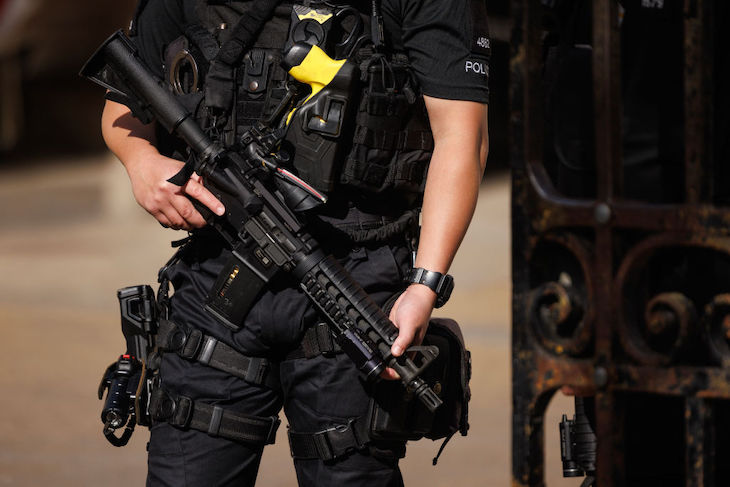
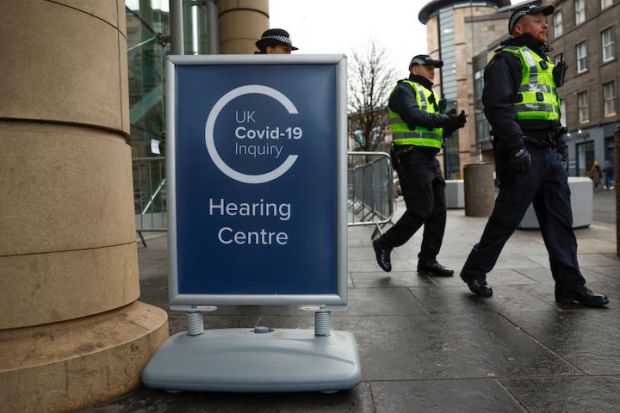
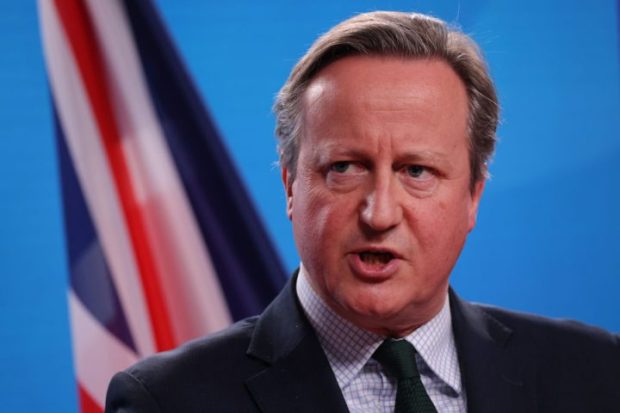


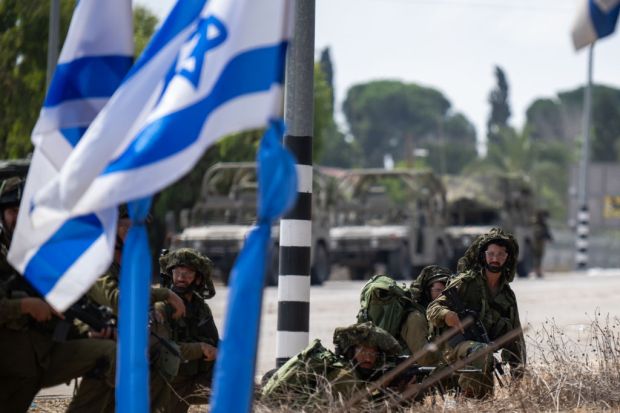
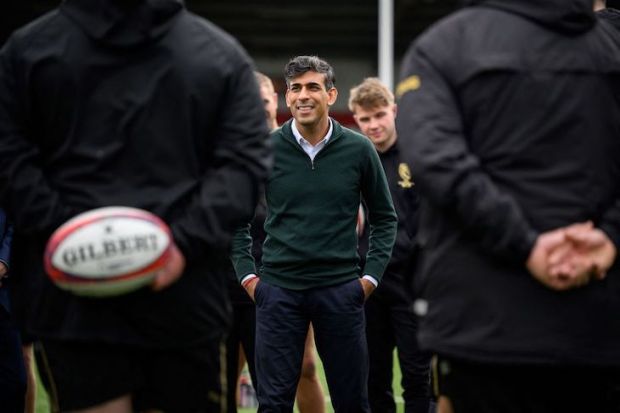












Comments
Don't miss out
Join the conversation with other Spectator Australia readers. Subscribe to leave a comment.
SUBSCRIBEAlready a subscriber? Log in